

— Blogs —
—Products—
 Consumer hotline +8618073152920
Consumer hotline +8618073152920 WhatsApp:+8615367865107
Address:Room 102, District D, Houhu Industrial Park, Yuelu District, Changsha City, Hunan Province, China
Product knowledge
Time:2024-11-18 08:51:23 Popularity:1277
Hydrologic monitoring refers to a complex and comprehensive systematic project to monitor, measure, analyze and warn the spatial and temporal distribution of water in the natural world through scientific methods. It is a comprehensive discipline aimed at continuously monitoring the dynamic changes of water bodies in nature through a series of technical means, including the spatial and temporal distribution of water, water quantity (e.g., water level, flow rate), water quality, water temperature, sediment content, ice conditions, and other parameters related to hydrological cycle. The aim is to understand hydrological processes, assess the state of water resources, predict hydrological events (e.g., floods and droughts), as well as to support water resources management, flood prevention and mitigation, environmental protection, and hydroecological studies.
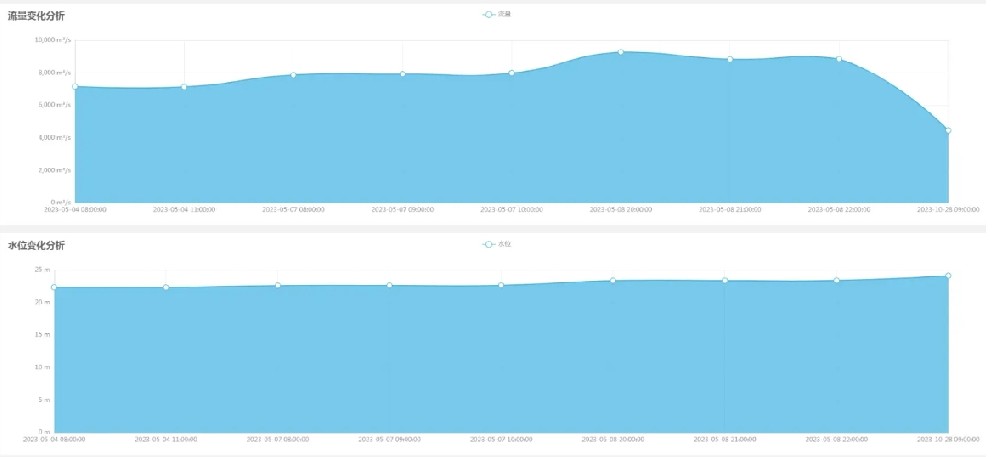
The object of hydrological monitoring mainly includes lakes, rivers, wetlands, groundwater and other water bodies, and the monitoring content specifically includes but is not limited to:
1. water level: measure the water level changes of water bodies to predict the risk of natural disasters such as floods and droughts.
2. Flow: Measuring the flow of a water body to understand the distribution and utilization of water resources.
3. water quality: to detect the content of various pollutants in the water body in order to safeguard the health and ecological balance of the water environment.
4. other parameters: such as flow rate, rainfall (snow), evaporation, sediment, ice, moisture, etc., which are important for water resources management, water disaster early warning and ecological environmental protection.
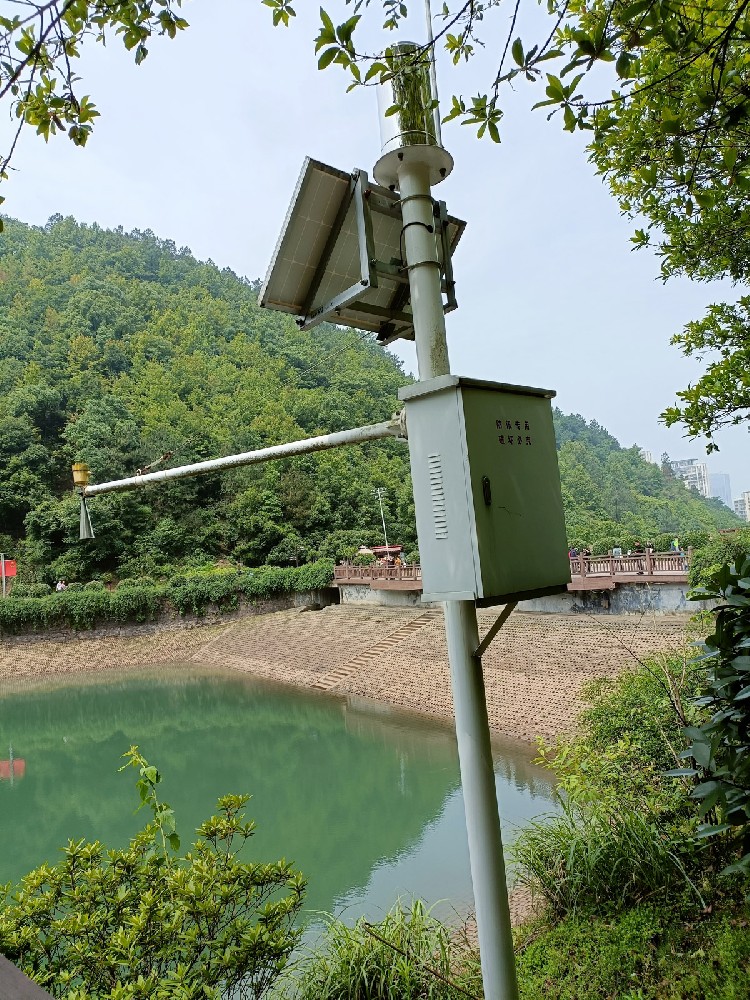
1. Monitoring center: by the server, public network line (or mobile line), hydrological monitoring system software. It is responsible for receiving, storing, processing and analyzing the data from the front-end monitoring equipment.
2. Communication network: using GPRS/3G/4G/5G, GPS, Internet, Lorawan and other wireless communication methods to transmit monitoring data in real time to improve the efficiency of the hydrological department.
3. Front-end monitoring equipment: including rainfall sensors, water level meters, flow meters, flow meters and other measuring equipment, they are responsible for real-time collection of hydrological information.
The main purposes and applications of hydrological monitoring include:
1. Water resources management: timely access to data on hydrological conditions, water resources management and development, so as to implement more effective water resources control measures.
2. Protecting the water environment: to keep abreast of the water bodies and their environment in a certain region as well as the changes in the water environment, so as to take timely and appropriate measures to protect water quality standards and reduce water pollution.
3. improve the efficiency of water resources development and utilization: according to the rainfall, lake variability, to provide strong support for the development and utilization of water resources, improve the efficiency of water resources development and utilization.
4. Prediction of water levels and early warning of disasters: the use of hydrological monitoring data to predict changes in the flood surface in order to prevent floods.
- Real-time data monitoring: hydrological monitoring system can monitor in real time the water level of rivers, lakes, reservoirs, flow, rainfall and other key parameters, these data are critical for predicting floods. Once the data exceeds the safety threshold, the system immediately issues an early warning, providing valuable time for the government and relevant authorities to take emergency measures, such as opening flood gates and evacuating the population.
- Early warning system: By analyzing historical data and current hydrological conditions, the system is able to build flood prediction models to forecast possible flooding events in advance. This early warning mechanism reduces response time and makes flood control measures more timely and effective.
- Informatization management: Modern hydrological monitoring system utilizes IoT technology to realize remote transmission and automated processing of data, which improves the accuracy and timeliness of the information, enabling decision makers to make quick responses based on the latest data.
- Comprehensive analysis and decision-making support: the system not only monitors a single parameter, but also integrates meteorological data and carries out comprehensive analysis, providing a scientific basis for flood management and optimizing flood control and dispatching strategies.
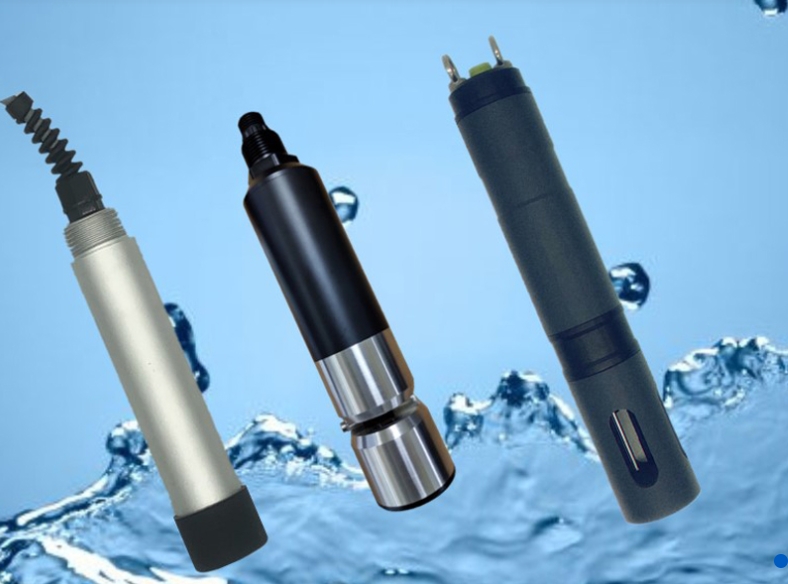
- Water resources management: through continuous monitoring, it can understand the dynamic changes of water resources, rationally plan the allocation and utilization of water resources, avoid over-exploitation and protect the water ecological balance.
- Water quality protection: monitoring water quality parameters, such as pH, dissolved oxygen, and pollutant concentration, helps to detect pollution sources in time, take measures to reduce pollution, and protect the health of water bodies.
- Ecosystem assessment: Hydrological monitoring data is the basis for assessing the health of ecosystems such as rivers and wetlands, helping scientists to understand the hydrological needs of ecosystems and formulate protective measures.
- Biodiversity maintenance: Stable and suitable hydrological conditions are essential for maintaining biodiversity, and monitoring helps to ensure that the natural rhythms of water flow are conducive to species survival and reproduction.
- Adaptation to climate change: Long-term hydrological data records help to study the impact of climate change on the water cycle, provide a scientific basis for the development of adaptation strategies, and protect the environment from damage caused by extreme weather events.
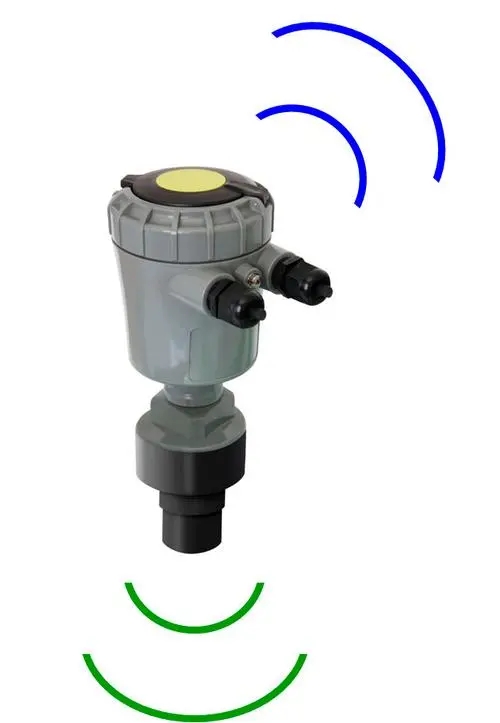
The communication mode between the monitoring center and front-end monitoring equipment mainly relies on wireless communication technology, specifically including:
1. GPRS/3G/4G/5G communication: utilizing mobile communication network for data transmission, it has the advantages of wide coverage, fast transmission speed and good stability. This method is applicable to most hydrological monitoring scenarios, especially those that require remote data transmission.
2. Satellite communication: In remote areas or places not covered by mobile communication networks, satellite communication can be used for data transmission. Satellite communication has the advantages of global coverage and no geographical restrictions, but the cost is relatively high.
3. LoRa/NB-IoT: It is suitable for low-power consumption and long-distance data transmission for IoT applications.
4. RS485/Modbus: data transmission through serial communication interface, suitable for short-distance inter-device communication.
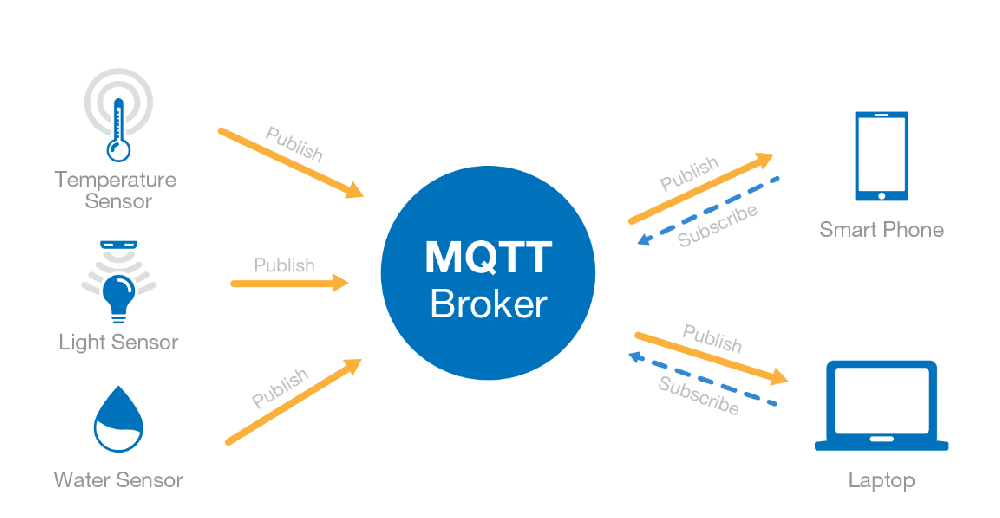
At present, a relatively complete hydrological monitoring system can effectively capture and control the hydrological dynamics of major river basins across the country, providing solid data support and decision-making basis for water resources management, flood and drought control, environmental protection and economic and social development. However, the hydrological monitoring industry still faces some challenges, such as:
1. Aging facilities: hydrological monitoring facilities in some areas are seriously aging and need to be updated and maintained.
2. Unharmonized data standards: Data standards are not harmonized across different regions and sectors, affecting data sharing and analysis.
3. Information Silo Phenomenon: Information silo phenomenon is common among departments, and there is a lack of effective data sharing mechanism.
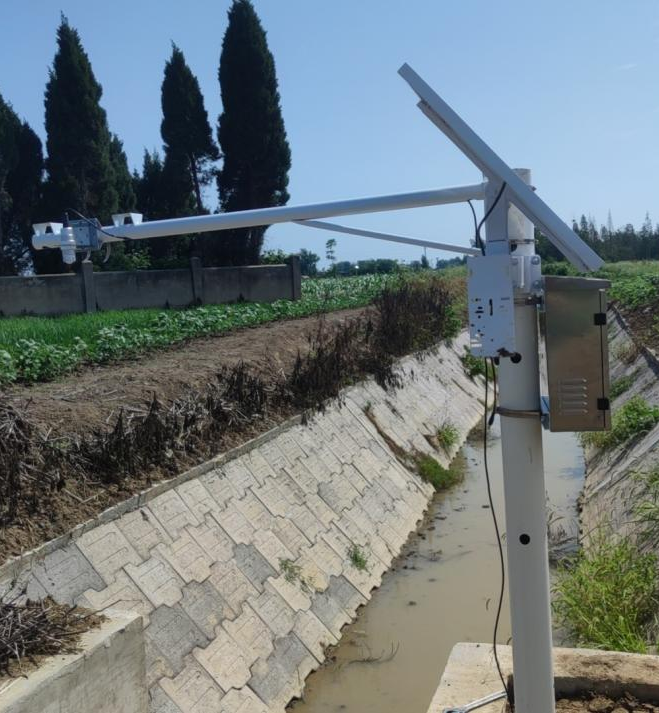
1. Data-based development: Use of sensors, drones, satellite remote sensing and other technologies to realize real-time collection of multi-dimensional data on farmland environment, crop growth, meteorological conditions and so on. Through cloud computing and big data technology, store and process massive agricultural data, providing efficient data management and analysis capabilities.
2. Automation and Intelligence: Develop automated equipment such as smart farm machines, drones and robots to realize automation and intelligence in the whole process of planting, fertilizing, irrigation and harvesting. In combination with the Internet of Things and artificial intelligence, it establishes an intelligent decision-making system, automatically adjusts agricultural production parameters, and improves production efficiency and resource utilization.
3. Internet+Agriculture: Utilize Internet technology to realize remote monitoring and management of farmland, and farmers can check the condition of farmland anytime and anywhere through cell phone apps. The establishment of an agricultural information platform enables the sharing and exchange of agricultural data, improves information transparency, and promotes the optimal allocation of resources.
4. Precision agriculture: Improve agricultural production efficiency, reduce resource waste and protect the ecological environment through precision fertilizer application, precision irrigation, precision control and other technologies.
5. Green Agriculture: Reduce the use of chemical fertilizers and pesticides through intelligent management, reduce pollution to the environment, and promote the sustainable development of agriculture.
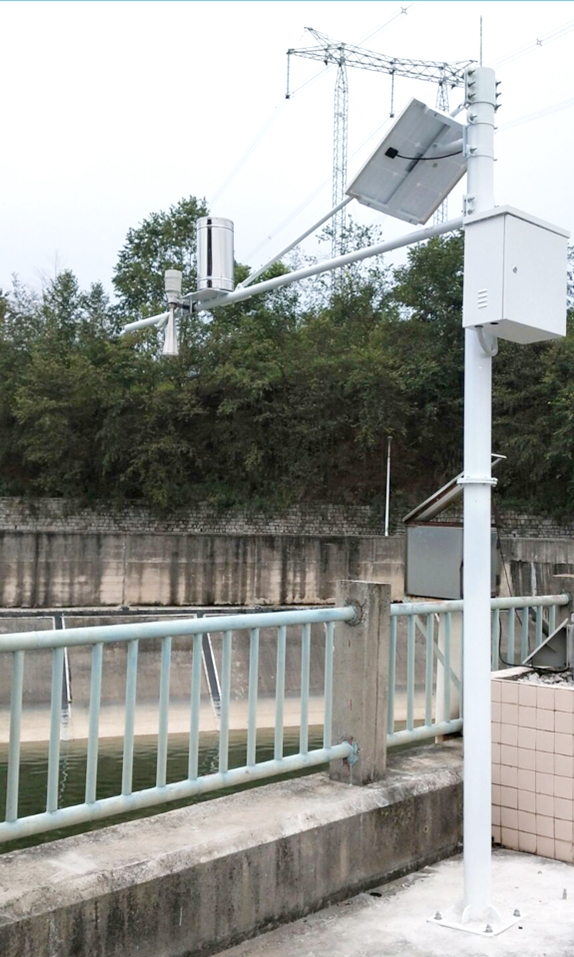
Hydrological monitoring is a complex and comprehensive systematic project, it is through scientific methods of the natural world in the spatial and temporal distribution of water, the law of change for monitoring, measurement, analysis and early warning. Hydrological monitoring is of great significance for water resources management, flood prevention and disaster mitigation, water resources planning, environmental protection and agricultural irrigation. With the progress of technology and economic and social development, hydrological monitoring industry will usher in more development opportunities and challenges. Through continuous technological innovation and policy support, hydrological monitoring will play a more important role in agriculture and environmental protection in the future.
Related recommendations
Sensors & Weather Stations Catalog
Agriculture Sensors and Weather Stations Catalog-NiuBoL.pdf
Weather Stations Catalog-NiuBoL.pdf
Related products
 Combined air temperature and relative humidity sensor
Combined air temperature and relative humidity sensor Soil Moisture Temperature sensor for irrigation
Soil Moisture Temperature sensor for irrigation Soil pH sensor RS485 soil Testing instrument soil ph meter for agriculture
Soil pH sensor RS485 soil Testing instrument soil ph meter for agriculture Wind Speed sensor Output Modbus/RS485/Analog/0-5V/4-20mA
Wind Speed sensor Output Modbus/RS485/Analog/0-5V/4-20mA Tipping bucket rain gauge for weather monitoring auto rainfall sensor RS485/Outdoor/stainless steel
Tipping bucket rain gauge for weather monitoring auto rainfall sensor RS485/Outdoor/stainless steel Pyranometer Solar Radiation Sensor 4-20mA/RS485
Pyranometer Solar Radiation Sensor 4-20mA/RS485
Screenshot, WhatsApp to identify the QR code
WhatsApp number:+8615367865107
(Click on WhatsApp to copy and add friends)
